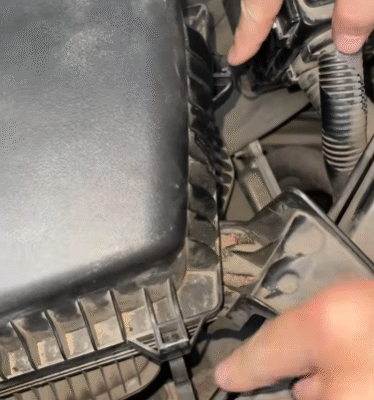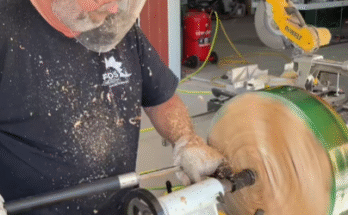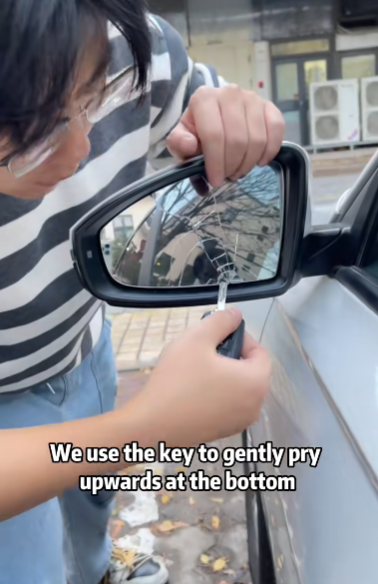
Maintaining your car can be expensive, especially when you rely on a mechanic for every repair. However, many car parts can be replaced at home with just a bit of knowledge, the right tools, and a willingness to get your hands dirty. Whether you’re trying to save money, gain confidence in car maintenance, or simply enjoy learning something new, replacing car parts yourself can be an empowering and cost-effective experience.
In this guide, we’ll walk through the basics of DIY car repairs, safety tips, essential tools, and step-by-step instructions for replacing some of the most commonly serviced car parts.
Why Replace Car Parts Yourself?
There are several reasons to consider taking car repairs into your own hands:
- Cost savings: Labor costs can often be higher than the cost of the part itself.
- Convenience: You won’t have to schedule appointments or wait for a mechanic.
- Learning experience: It’s a great way to learn how your vehicle works.
- Empowerment: Solving a problem with your own two hands builds confidence.
However, it’s essential to understand your limits. If the task involves complex electrical systems, airbag components, or engine internals, it might be best left to a professional.
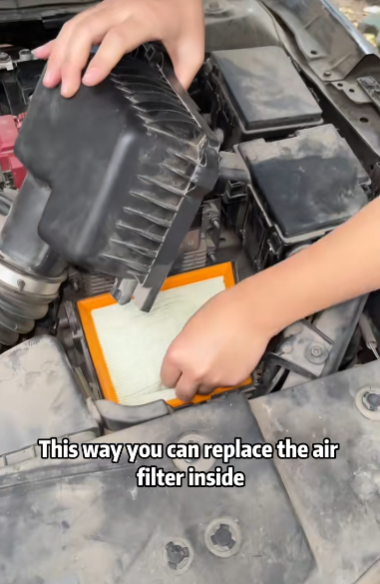
Safety First
Before attempting any repairs, always prioritize safety:
- Disconnect the battery: Prevent accidental short circuits by removing the negative battery cable before starting.
- Use jack stands: Never crawl under a car supported only by a jack.
- Wear protective gear: Gloves, eye protection, and closed-toe shoes are essential.
- Work in a ventilated area: Especially when dealing with fuel or exhaust components.
Essential Tools for DIY Car Repairs
You don’t need a full mechanic’s workshop to do most car repairs. A basic toolset will go a long way:
- Socket set and wrenches
- Screwdrivers (flathead and Phillips)
- Pliers
- Car jack and jack stands
- Torque wrench
- Oil catch pan
- Funnel
- Flashlight or headlamp
- Repair manual or a trusted YouTube channel
Optional but helpful tools include an OBD-II scanner for diagnosing check engine codes and a multimeter for electrical testing.
Common Car Parts You Can Replace Yourself
Here are some car parts that are commonly replaced at home and don’t require advanced skills or tools.
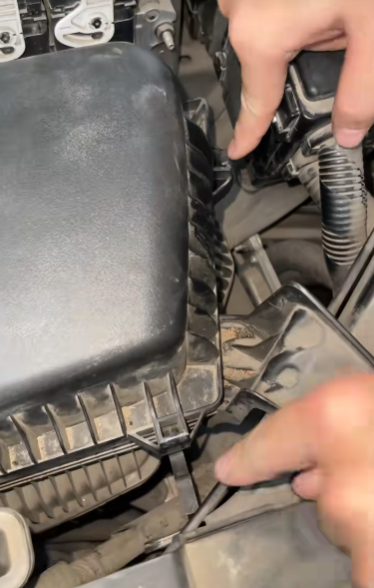
1. Air Filter
When to replace: Every 12,000 to 15,000 miles (or as needed).
Steps:
- Open the hood and locate the air filter box.
- Unclip or unscrew the box lid.
- Remove the old air filter and replace it with a new one.
- Re-secure the lid.
This task takes less than 10 minutes and requires no tools in many cases.
2. Windshield Wiper Blades
When to replace: Every 6 to 12 months or when streaking occurs.
Steps:
- Lift the wiper arms away from the windshield.
- Press the release tab and slide off the old blade.
- Attach the new blade, ensuring it clicks into place.
- Gently lower the wiper arm back down.
This is one of the simplest car maintenance tasks.
3. Battery
When to replace: Every 3 to 5 years, or if the car struggles to start.
Steps:
- Disconnect the negative (-) terminal first, then the positive (+).
- Remove the battery hold-down clamp.
- Carefully lift out the old battery (they’re heavy!).
- Place the new battery, secure it, and reconnect the terminals (positive first, then negative).
Make sure to have your radio code or infotainment settings backed up if needed.
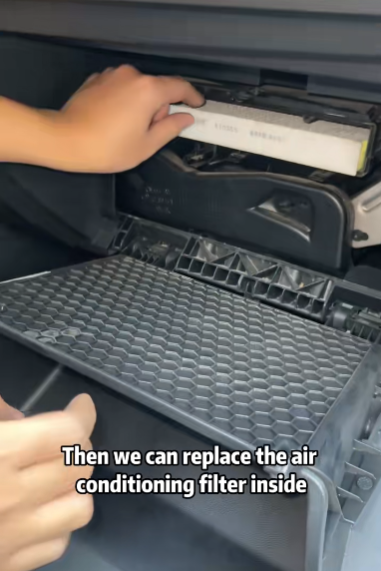
4. Engine Oil and Oil Filter
When to replace: Every 3,000 to 7,500 miles (check your owner’s manual).
Steps:
- Warm up the engine slightly, then turn it off.
- Jack up the car and place it on jack stands.
- Remove the oil drain plug and drain the oil into a pan.
- Unscrew the old oil filter and install a new one with fresh oil on the gasket.
- Reinstall the drain plug and add new oil via the oil cap.
- Check the oil level and inspect for leaks.
Properly disposing of old oil is critical—take it to an auto parts store or recycling center.
5. Brake Pads
When to replace: Every 30,000 to 70,000 miles depending on driving style.
Steps:
- Loosen the lug nuts, jack up the car, and remove the wheel.
- Remove the caliper bolts and slide the caliper off (support it with wire—don’t let it hang).
- Slide out the old brake pads and insert the new ones.
- Compress the caliper piston using a C-clamp or brake tool.
- Reassemble the caliper, reinstall the wheel, and repeat for other wheels.
After replacing, pump the brake pedal before driving to restore brake pressure.
6. Spark Plugs
When to replace: Every 30,000 to 100,000 miles depending on plug type.
Steps:
- Remove the engine cover (if necessary).
- Unplug the ignition coil and remove it.
- Use a spark plug socket to remove the old plug.
- Install the new plug (torque to spec), reinstall the coil, and plug it in.
Check your vehicle’s service manual for the proper gap and torque specs.

Where to Find Instructions
For every car model, there are slight differences in part locations, fasteners, and torque specifications. Reliable sources for step-by-step guides include:
- Your vehicle’s owner’s manual
- Online forums and enthusiast communities
- YouTube tutorials
- Haynes or Chilton manuals
- Manufacturer websites and official service guides
Tips for First-Time DIY Mechanics
- Start small: Begin with basic replacements like air filters or wiper blades.
- Take pictures: Photograph each step so you can reassemble everything properly.
- Label bolts and parts: Keep track of small components using containers or labeled bags.
- Keep your workspace organized: Clean tools and parts help prevent mistakes.
- Don’t rush: Allocate extra time to avoid frustration and ensure quality work.
When Not to DIY
Some tasks are best left to professionals, such as:
- Timing belt replacement
- Transmission repair
- Airbag system service
- Advanced diagnostics or electrical work
- Suspension alignments
Trying these without proper knowledge or tools can lead to costly damage or safety risks.
Conclusion
Replacing car parts yourself isn’t just about saving money—it’s about taking control of your vehicle’s maintenance and gaining valuable knowledge. With a bit of research, a steady hand, and the right tools, many common car repairs can be done in your garage or driveway.
Start simple, stay safe, and enjoy the satisfaction of fixing things yourself. Over time, you’ll build confidence and may even find that car maintenance becomes a hobby as well as a necessity.
